28.04.2021
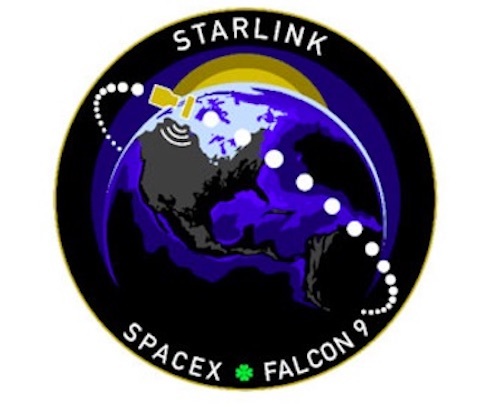
Next Space Coast launch
Also on Tuesday, SpaceX confirmed it would push its next Starlink constellation launch from Cape Canaveral Space Force Station by about 24 hours.
The launch of 60 of the internet-beaming satellites from Launch Complex 40 is now slated for no earlier than 11:44 p.m. Wednesday, the opening of an instantaneous window. Weather conditions should be about 80% "go" for liftoff.
About eight minutes after liftoff, the previously flown Falcon 9 rocket's first stage will target a landing on the Just Read the Instructions drone ship.
Quelle: Florida Today
+++
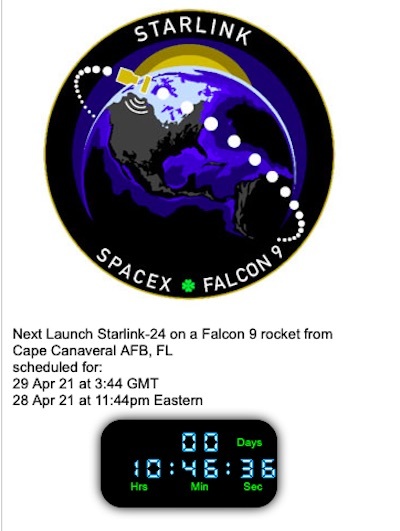
+++
SpaceX to resume Starlink flights, stretching reused Falcon rockets to their limits
SpaceX aims to resume launching satellites for its Starlink internet network with the liftoff of a Falcon 9 rocket Wednesday night at Cape Canaveral, and company founder Elon Musk says SpaceX will use the sizeable backlog of Starlink missions to keep pushing the envelope and find the Falcon booster’s reuse life limit.
“There doesn’t seem to be any obvious limit to the reusability of the vehicle,” Musk told Spaceflight Now in a press conference Friday after the launch of SpaceX’s third crewed flight to the International Space Station.
The launch Friday of SpaceX’s Crew Dragon Endeavour spaceship from NASA’s Kennedy Space Center marked the first time the company sent astronauts into space on a reused Falcon 9 booster and and a refurbished crew capsule. NASA engineers formally certified the Falcon 9’s previously-flown first stage to carry astronauts, after more than 50 successful SpaceX reused Falcon rocket flights since 2017.
“You probably don’t want to be on a life leader for a crewed mission, but it’s probably good to have a flight or two under its belt, for the booster to have flown once or twice,” Musk said. “If it was an aircraft coming out of the factory, you’d want the aircraft to probably have gone through a test flight or two before you put passengers on.
“So I think that’s probably a couple of flights is a good number for a crew booster, and in the meantime, we’ll keep flying the life leader,” Musk said. “We’ve got nine flights on one of the boosters. We’re going to have a 10th flight soon with a Starlink mission.”
After a brief pause in Starlink launches to focus on the Crew Dragon mission, SpaceX is poised to send another 60 internet satellites into orbit with a late-night blastoff Wednesday from pad 40 at Cape Canaveral Space Force Station. The booster on Wednesday’s night’s mission — tail number B1060 — has flown six times since last June.
The instantaneous launch opportunity Wednesday is set for 11:44 p.m. EDT (0344 GMT Thursday). Another Falcon 9 launch with the next batch of Starlink satellites is scheduled as soon as next week from pad 39A from the Kennedy Space Center.
With Wednesday’s launch, SpaceX will have delivered 1,505 Starlink satellites to space, including prototypes and failed spacecraft that have dropped out of orbit and burned up in the atmosphere. Jonathan McDowell, an astronomer and expert tracker of spaceflight activity, says 1,374 Starlink satellites are currently in orbit, with the next 60 launching Wednesday.
The Federal Communications Commission has authorized SpaceX to deploy some 12,000 Starlink satellites operating at Ku-band, Ka-band, and V-band frequencies, and at a range of altitudes and inclinations in low Earth orbit. The satellites are already beaming low-latency, broadband signals to users who have signed up for Starlink beta testing.
SpaceX officials have previously said the most recent version of the Falcon 9 booster can make 10 flights with only inspections and minor refurbishment in between missions. With an overhaul, the Falcon 9 boosters could fly 100 missions, SpaceX said when the new Block 5 booster design debuted in 2018.
Musk said Friday that SpaceX plans to keep reusing Falcon 9 boosters until they break, likely exceeding the 10-flight milestone.
“We do intend to fly the Falcon 9 booster until we see some kind of a failure with the Starlink missions, obviously, just to have that be a life leader,” Musk said.

SpaceX has been using its fleet of Falcon 9 boosters to launch Starlink missions at an average pace of more than twice per month so far this year. On some of those missions, SpaceX has used reused first stages that set new records for their number of flights.
The most-flown Falcon 9 booster currently in SpaceX’s inventory has logged nine launches and landings, either onshore or on the company’s floating ocean-going drone ship, depending on mission requirements.
Last year, a SpaceX manager said it costs less than $30 million to fly a Falcon 9 rocket with reused parts, such as the booster and payload fairing, the clamshell-like aero-structure that protects sensitive satellite payloads during the climb through the atmosphere.
Although SpaceX has proven it can safely reuse first stages, payload shrouds, and Dragon capsules, the Falcon 9 rocket’s upper stage remains a single-use component. None of SpaceX’s competitors in the commercial launch industry have successfully re-flown an orbital-class booster. Some companies, like Blue Origin and Rocket Lab, plan to eventually recover and reuse their rocket boosters.
Repeating a mantra he’s consistently said for decades, Musk said last week that reusing rockets is a “fundamental holy grail breakthrough” needed to revolutionize access to space.
“To make humanity a truly space-faring civilization, we must have a fully and rapidly reusable rocket,” Musk said in a webcast Thursday hosted by the X Prize Foundation. “We’ve made some progress in that direction with Falcon 9, where the booster is reusable, and the Dragon spacecraft — the upper portion — is reusable. But the Falcon 9’s second stage and Dragon’s unpressurized trunk are not reusable.
“And I would not say the Falcon booster, spacecraft, and fairing, they aren’t rapidly reusable,” Musk said. “It takes a fair bit of effort, much less effort than the space shuttle took.”
He said SpaceX refurbishment teams at Cape Canaveral can reduce the turnaround time between Falcon 9 booster flights to less than a month.
“But landing out to sea, and then having to bring it back, and then taking a month or so to get it ready for launch, I wouldn’t call that rapid by aircraft standards,” Musk said.

SpaceX’s next-generation Starship vehicle is designed to be fully and rapidly reusable, further driving down launch costs, according to Musk.
The first stage booster, known as the Super Heavy, will land back on the ground minutes after launch, similar to the profile pioneered by the Falcon 9 rocket. The Starship will propel itself into Earth orbit, and eventually to destinations in deep space, then re-enter the atmosphere at the end of its mission for a vertical rocket-assisted landing.
The entire Starship rocket stack will stand nearly 400 feet (120 meters) tall, with 28 methane-fueled Raptor engines on the first stage and six more Raptor powerplants on the Starship upper stage.
NASA awarded SpaceX a $2.9 billion contract April 16 to develop a derivative of the Starship vehicle to land the next astronauts on the Moon through the agency’s Artemis exploration program.
A NASA-owned Orion crew capsule launched on top of the space agency’s powerful Space Launch System rocket will transport the astronauts between the Earth and lunar orbit, where the crew will dock with the waiting unoccupied Starship to head to the surface of the Moon.
Under NASA’s flight plans, the Starship will launch the astronauts back into space to meet with the Orion capsule for return to Earth.
Despite using engines flown on NASA’s retired reusable space shuttles, each of NASA’s SLS rockets is designed for one flight. NASA plans to refurbish and reuse Orion crew capsules after splashing down at sea.
But the lunar mission is just part of SpaceX’s ambition for the Starship program. The rocket could launch massive clusters of small satellites, such as Starlink spacecraft, loft huge space telescopes, and carry large numbers of people to space. SpaceX says it can deliver payloads of more than 100 metric tons, or 220,000 pounds, or low Earth orbit.
“With Starship, we’ll hopefully reuse the whole thing,” Musk said. “This is a hard problem for rockets, that’s for sure. It’s taken us, we’re like 19 years in now. I think the Starship design can work. It’s just, it’s a hard thing to solve, and the support of NASA is very much appreciated in this regard. I think it’s going to work. I think it’s going to work.
“I’d say it’s only recently though that I feel that full and rapid reusability can be accomplished,” Musk said. “I wasn’t sure for a long time, but I am sure now.”
Quelle:SN
----
Update: 29.04.2021
.
Start von SpaceX’s 24th Starlink v1.0 mission and 25th Starlink launch
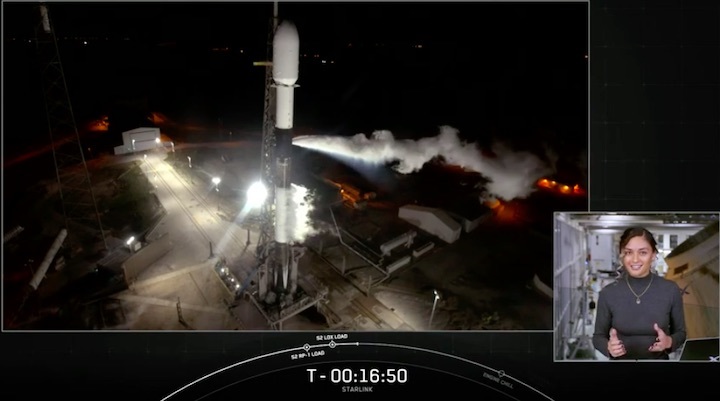

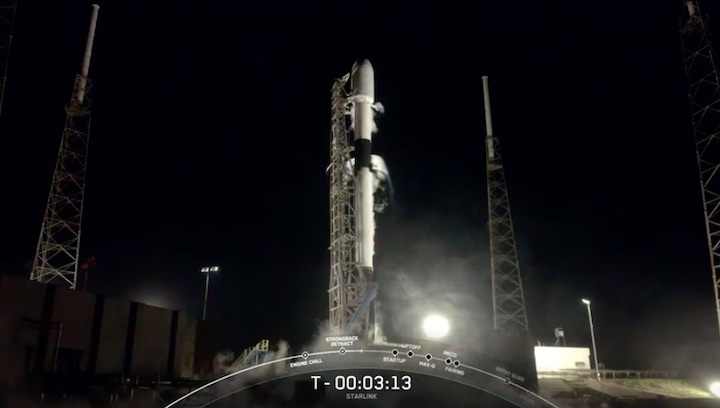
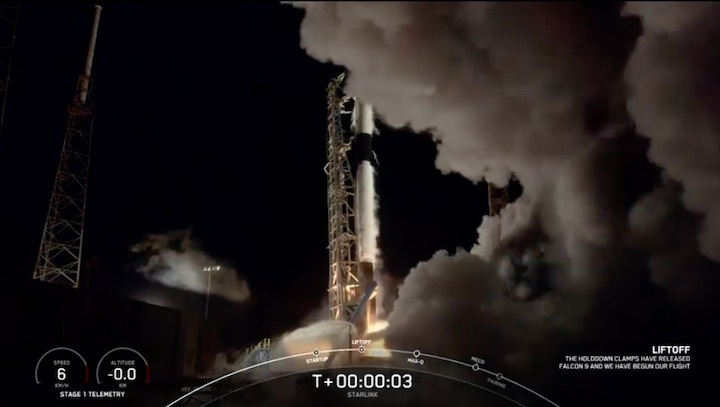
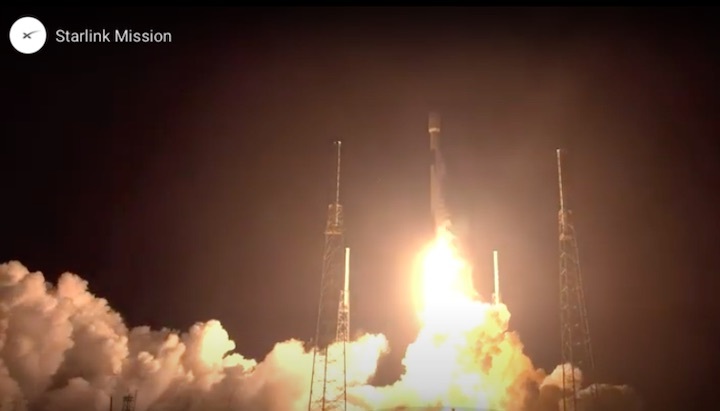
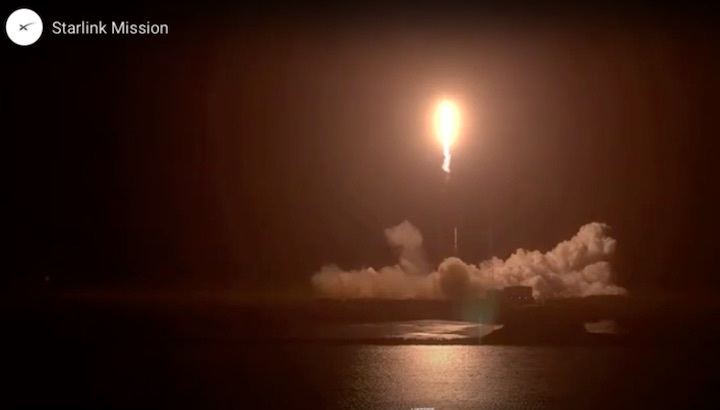

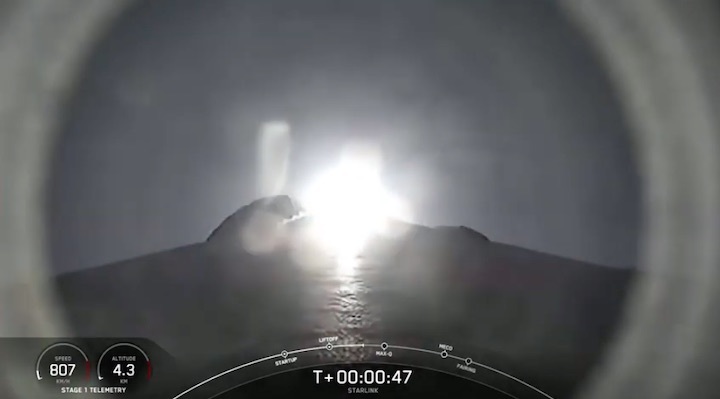

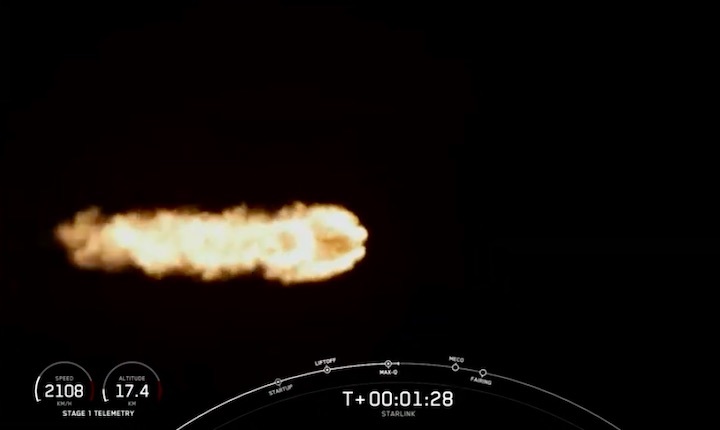
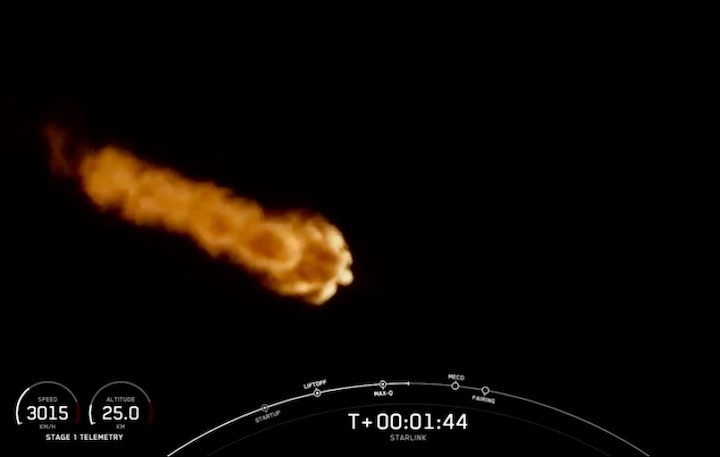
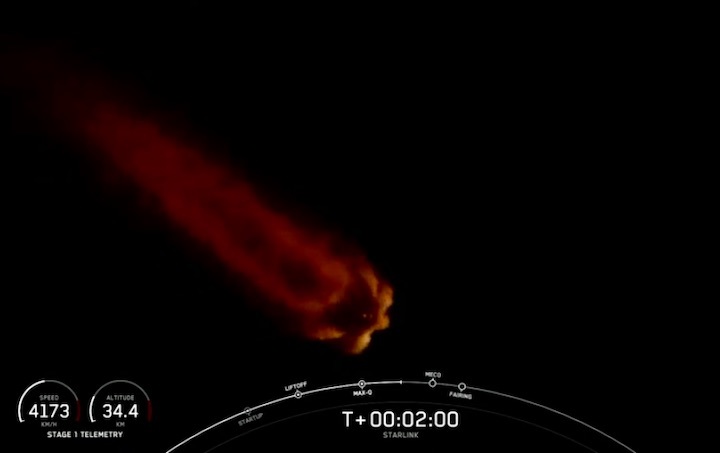
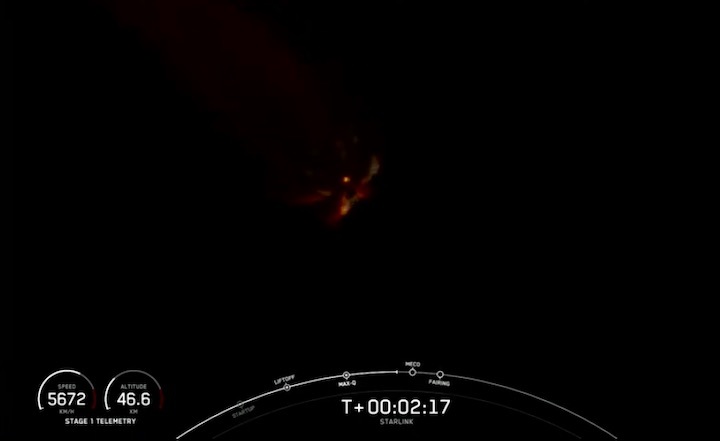
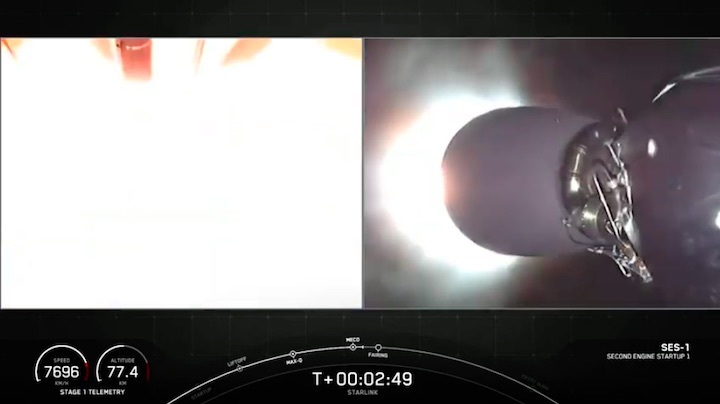
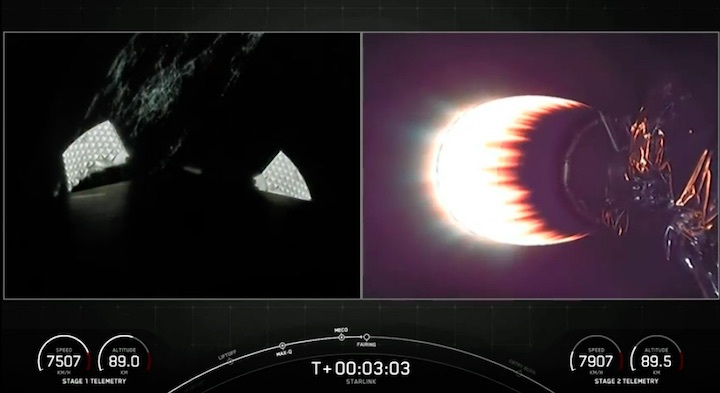
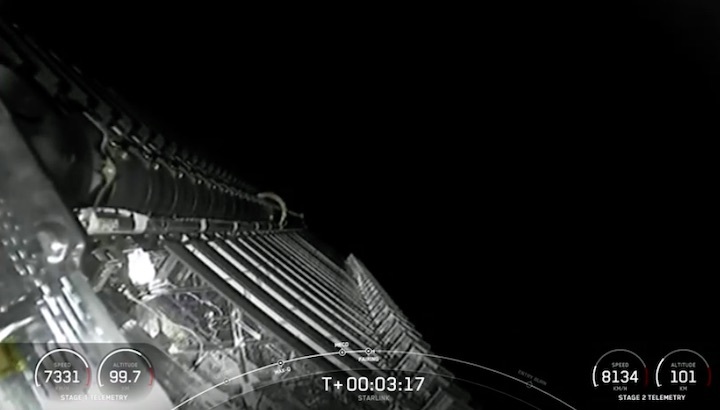
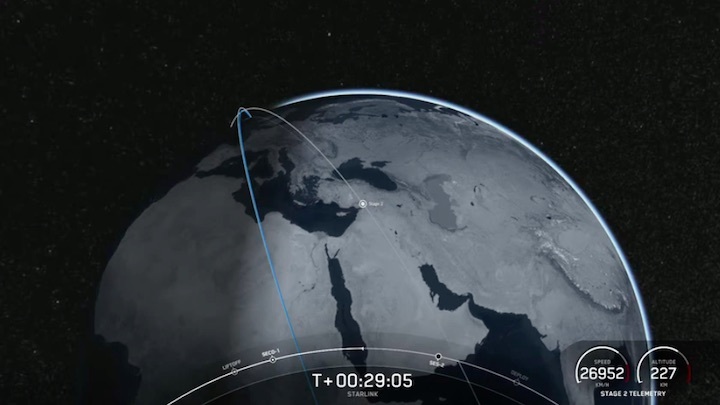

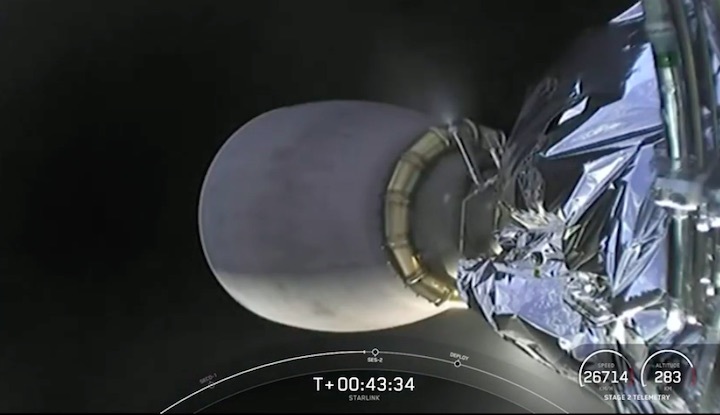
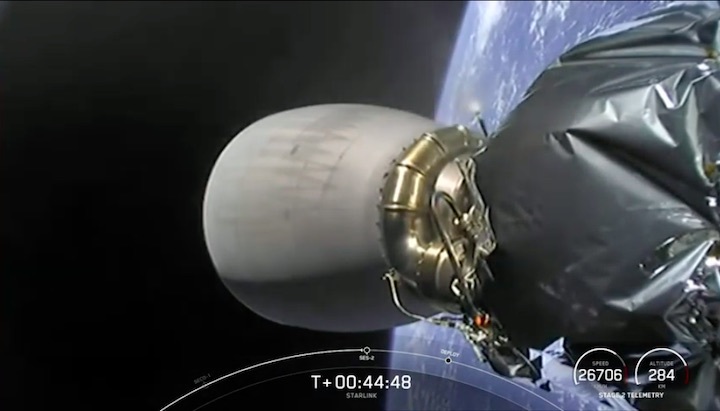
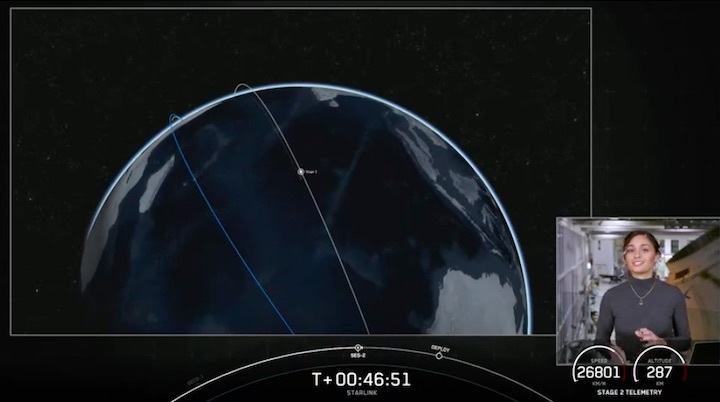

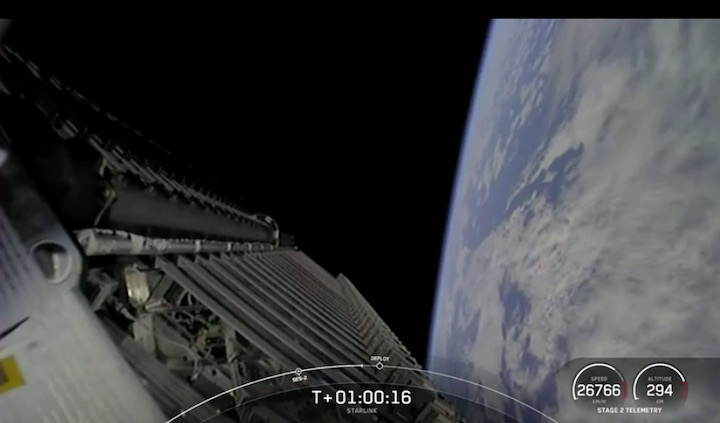
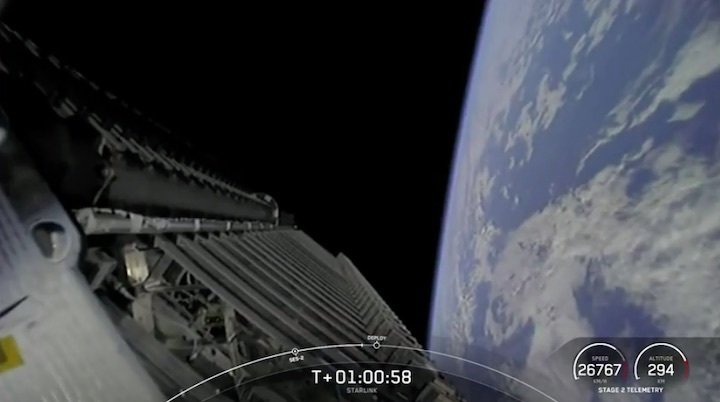
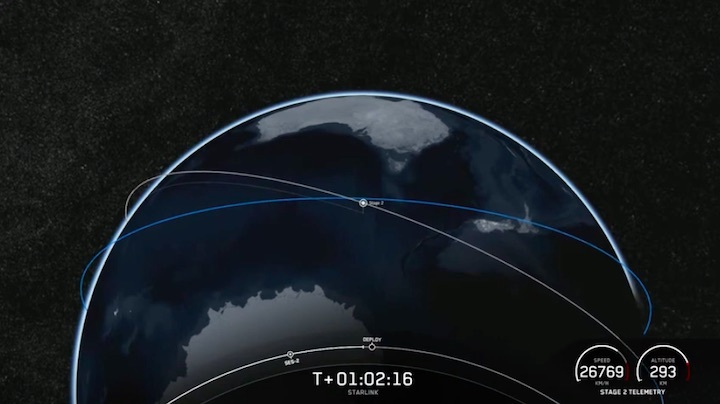
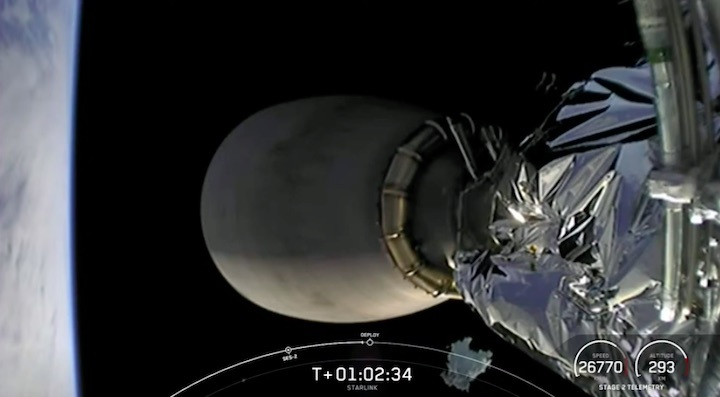
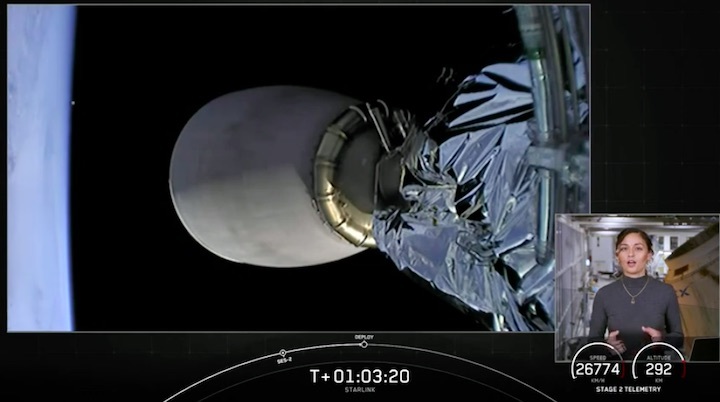
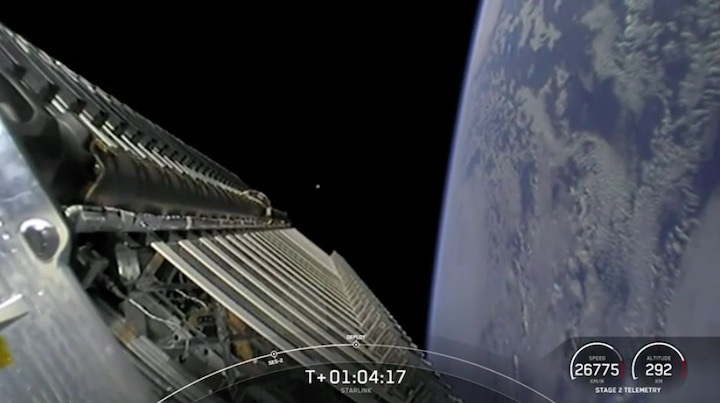




Quelle: SpaceX
